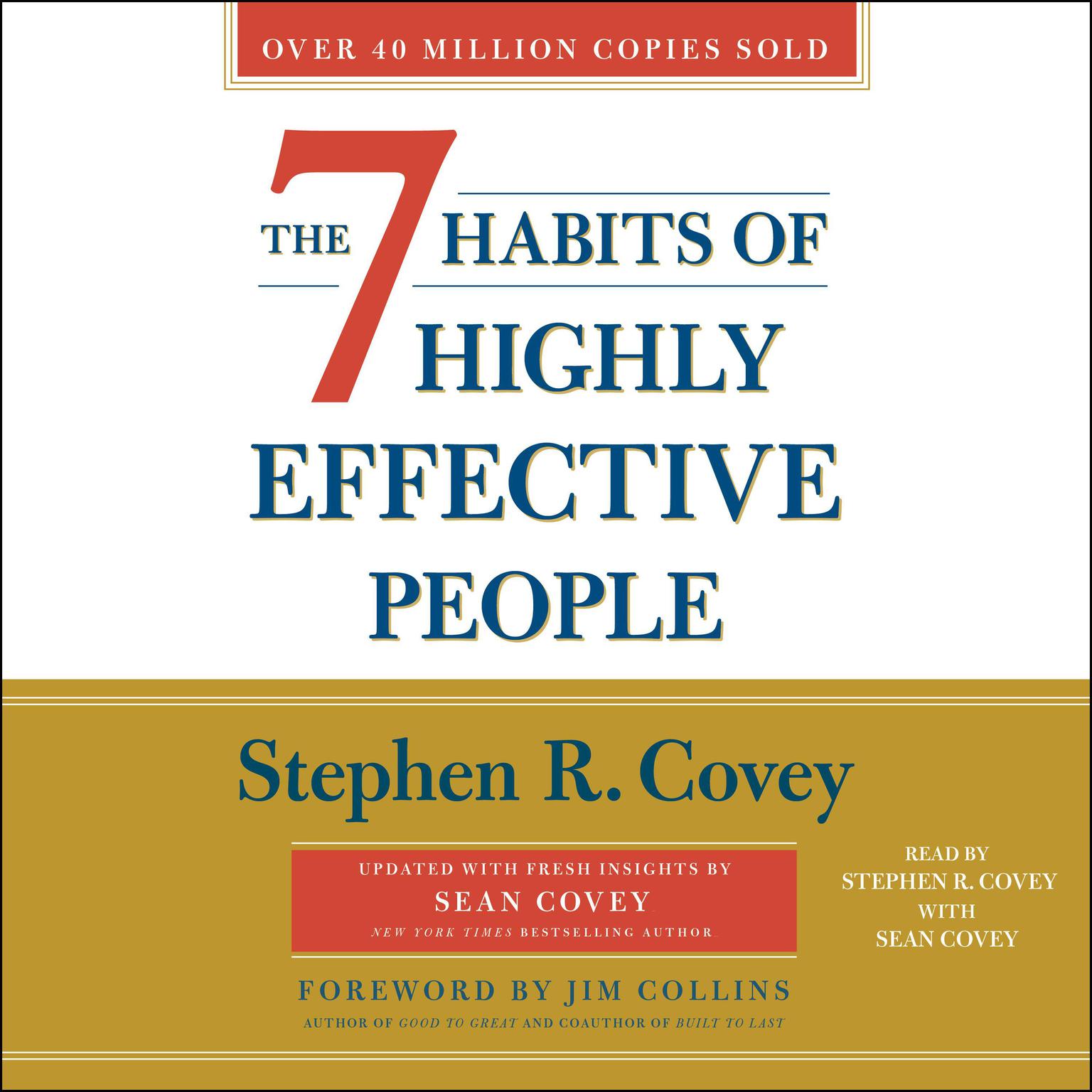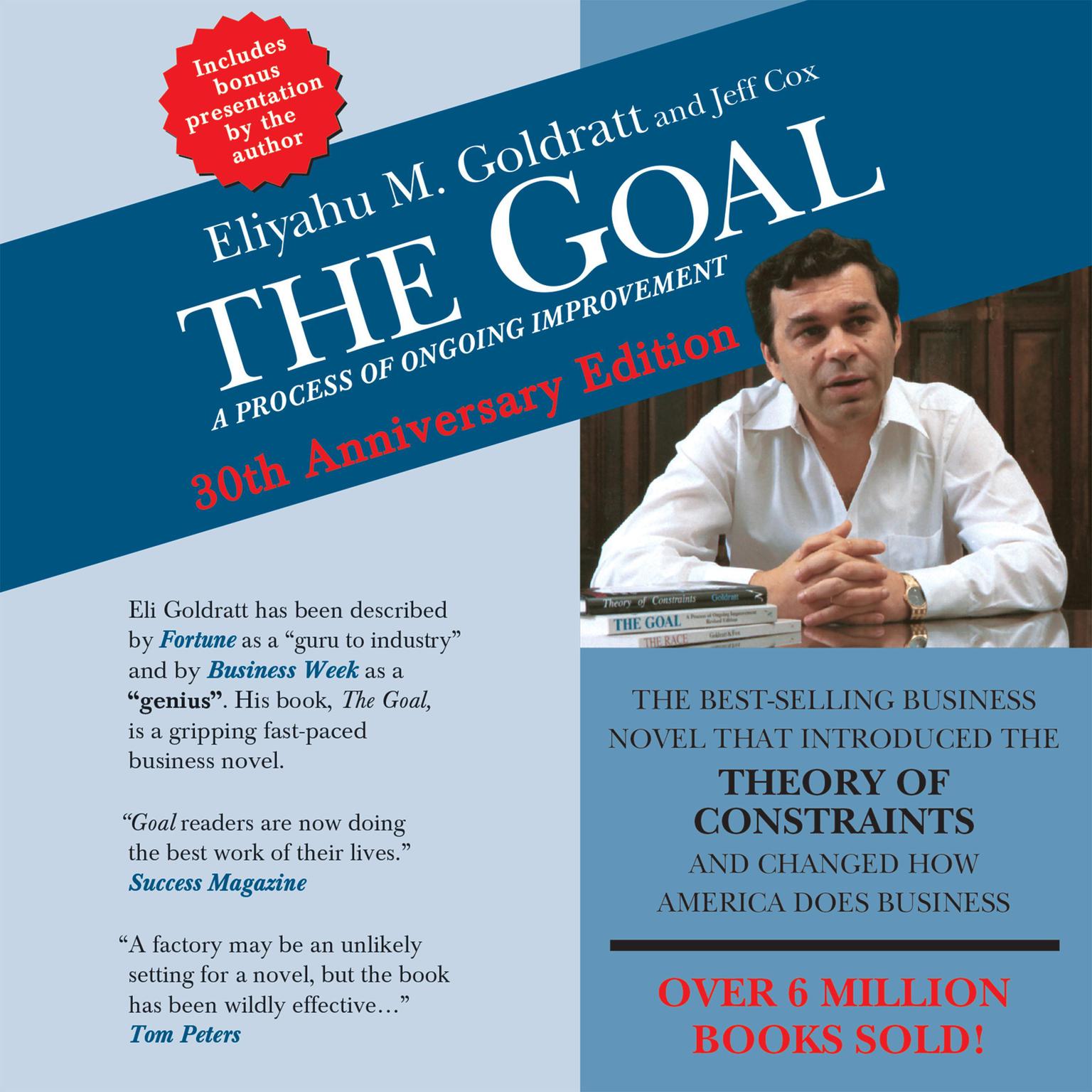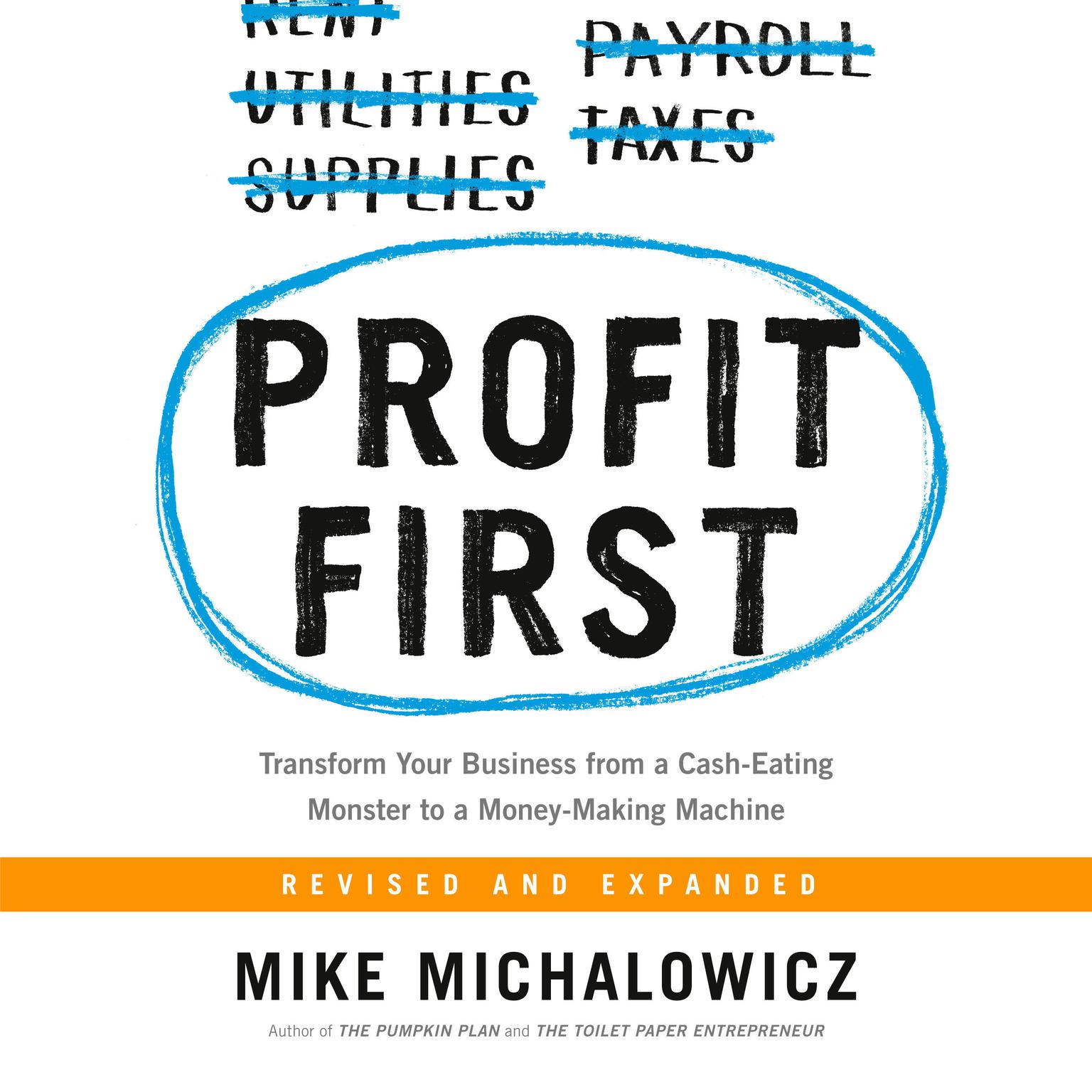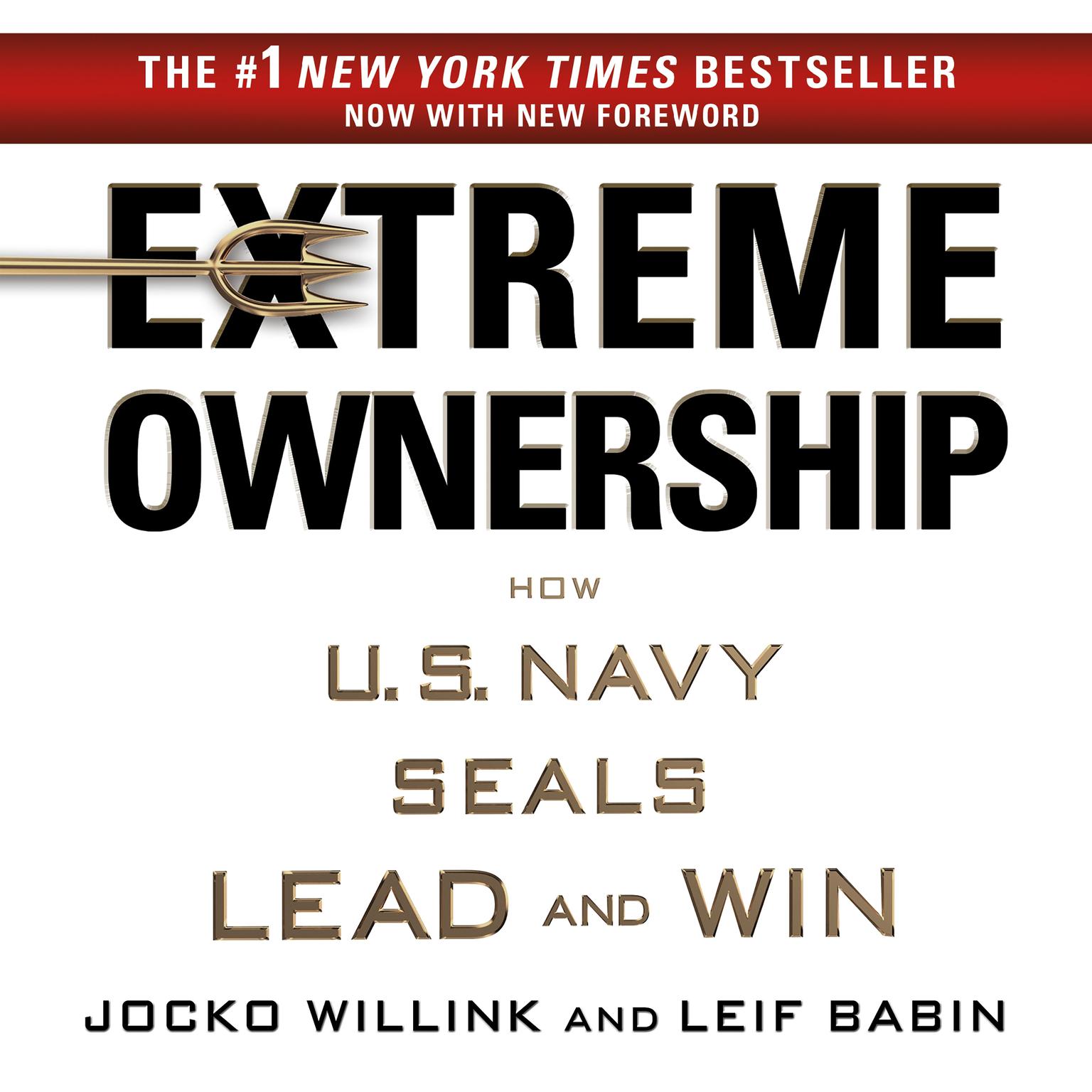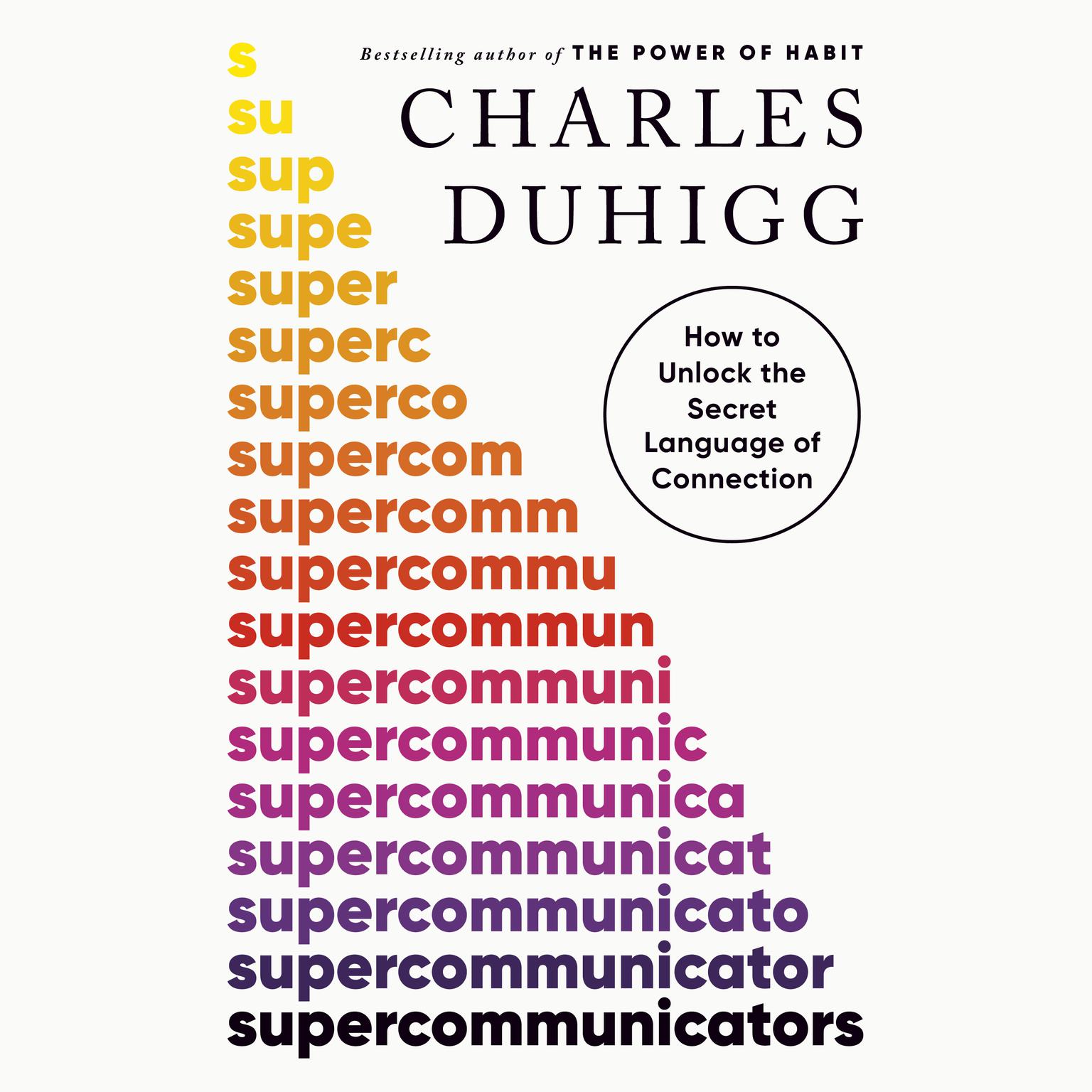Plot Summary
In Salt Sugar Fat: How the Food Giants Hooked Us, Pulitzer-prize winning journalist, Michael Moss, writes a chilling account of how fast food giants put a great deal of thought into producing the exact product that will reach the maximum number of consumers, with no regard for their health. He interviews chemists, behavioral biologists, nutrition scientists, food technologists, package designers, marketing executives, and everyone else who is concerned with putting a certain product on the market. His information comes from insiders within the food industry who reveal that, to these conglomerates, human beings are just potential “heavy users.”
Salt, sugar and fat are the three ingredients used most by big companies to draw consumers in. These ingredients work like narcotics, dulling our senses and encouraging us to try just a little more. Sugar gives you a rush like methamphetamine while fat is like an opiate which makes you feel content. Salt is used instead of healthier herbs and spices to give some taste to food which would otherwise be completely bland.
Since the 70s, people have been trying to cut down on their consumption of milk, to reduce chances of weight gain. However, the industry has responded by producing more and more products full of cheese. There is pizza crust filled with cheese, cheesy chips and crackers, as well as frozen food with a lot of cheese. No matter how hard consumers try to stay away from dairy, the industry keeps producing more and more ways to bring you back to it.
Overall, this is a book that will make you rethink your food choices no matter how healthy you may think you are. Everyone eats some sugar, fat and salt in their diet and a healthy amount of each won’t hurt you. However, it’s important to stay aware of exactly how much you eat of each of these, something which many of us don’t bother to do. We may not be able to change what the food giants throw our way but we can choose not to eat it if it’s unhealthy for us.
Michael Moss was born in Eureka, CA and went to school at San Francisco State University. He worked as a journalist at The Wall Street Journal, New York Newsday, The Atlanta Journal-Constitution and other places before finally ending up at The New York Times. He won the Pulitzer Prize for a number of articles on the topic of the food industry in 2010. He lives in Brooklyn with his wife, Eve Heyn, also a writer, and their two children.
“This book put a lot of new thoughts in my head when I went grocery shopping. You look at labels a whole different way. Am I deciding this or is some big company just making more money from my ignorance. I did not buy my usual processed, boxed meals. It is a real eye-opener that anyone that eats shouldread”
—
Sue (5 out of 5 stars)
Publisher Summary
NAMED ONE OF THE BEST BOOKS OF THE YEAR BY The Atlantic • The Huffington Post • Men’s Journal • MSN (U.K.) • Kirkus Reviews • Publishers Weekly #1 NEW YORK TIMES BESTSELLER • WINNER OF THE JAMES BEARD FOUNDATION AWARD FOR WRITING AND LITERATURE From a Pulitzer Prize–winning investigative reporter at The New York Times comes the explosive story of the rise of the processed food industry and its link to the emerging obesity epidemic. Michael Moss reveals how companies use salt, sugar, and fat to addict us and, more important, how we can fight back. In the spring of 1999 the heads of the world’s largest processed food companies—from Coca-Cola to Nabisco—gathered at Pillsbury headquarters in Minneapolis for a secret meeting. On the agenda: the emerging epidemic of obesity, and what to do about it. Increasingly, the salt-, sugar-, and fat-laden foods these companies produced were being linked to obesity, and a concerned Kraft executive took the stage to issue a warning: There would be a day of reckoning unless changes were made. This executive then launched into a damning PowerPoint presentation, making the case that processed food companies could not afford to sit by, idle, as children grew sick and class-action lawyers lurked. To deny the problem, he said, is to court disaster. When he was done, the most powerful person in the room—the CEO of General Mills—stood up to speak, clearly annoyed. And by the time he sat down, the meeting was over. Since that day, the situation has only grown more dire. Every year, the average American eats thirty-three pounds of cheese (triple what we ate in 1970) and seventy pounds of sugar (about twenty-two teaspoons a day). We ingest 8,500 milligrams of salt a day, double the recommended amount, and almost none of that comes from the shakers on our table. It comes from processed food. It’s no wonder, then, that one in three adults, and one in five kids, is clinically obese. It’s no wonder that twenty-six million Americans have diabetes, the processed food industry in the U.S. accounts for $1 trillion a year in sales, and the total economic cost of this health crisis is approaching $300 billion a year. In Salt Sugar Fat, Pulitzer Prize–winning investigative reporter Michael Moss shows how we got here. Featuring examples from some of the most recognizable (and profitable) companies and brands of the last half century—including Kraft, Coca-Cola, Lunchables, Kellogg, Nestlé, Oreos, Cargill, Capri Sun, and many more—Moss’s explosive, empowering narrative is grounded in meticulous, often eye-opening research. Moss takes us inside the labs where food scientists use cutting-edge technology to calculate the “bliss point” of sugary beverages or enhance the “mouthfeel” of fat by manipulating its chemical structure. He unearths marketing campaigns designed—in a technique adapted from tobacco companies—to redirect concerns about the health risks of their products: Dial back on one ingredient, pump up the other two, and tout the new line as “fat-free” or “low-salt.” He talks to concerned executives who confess that they could never produce truly healthy alternatives to their products even if serious regulation became a reality. Simply put: The industry itself would cease to exist without salt, sugar, and fat. Just as millions of “heavy users”—as the companies refer to their most ardent customers—are addicted to this seductive trio, so too are the companies that peddle them. You will never look at a nutrition label the same way again. Includes a bonus PDF with endnotes from the book
Download and start listening now!



